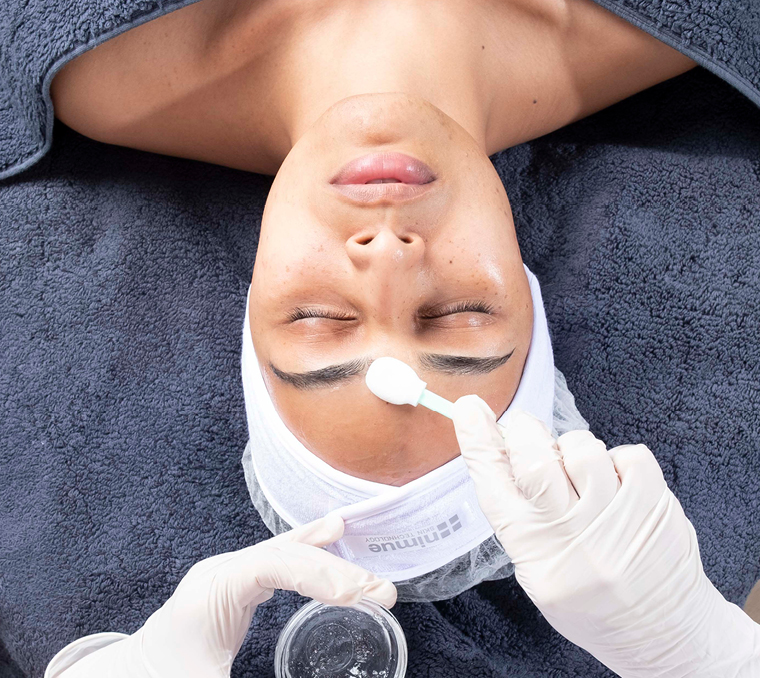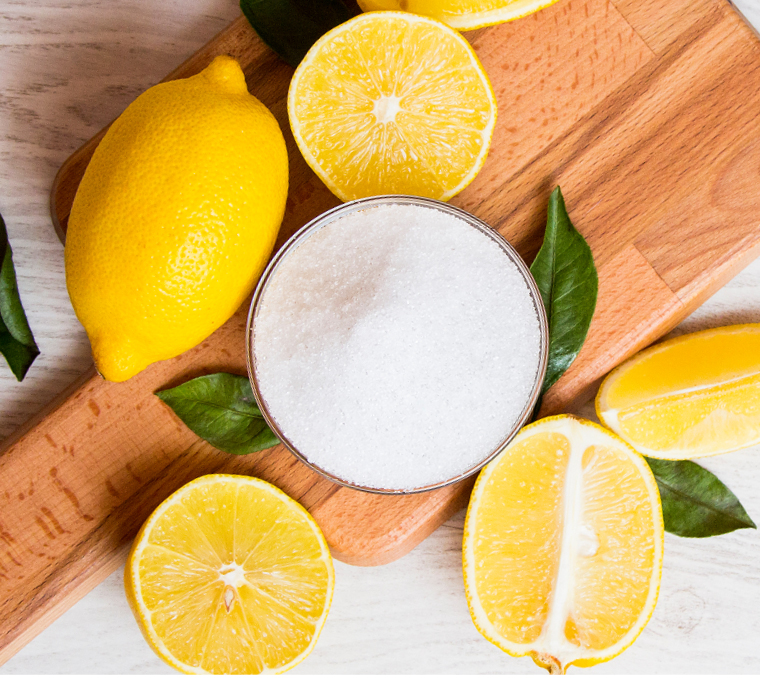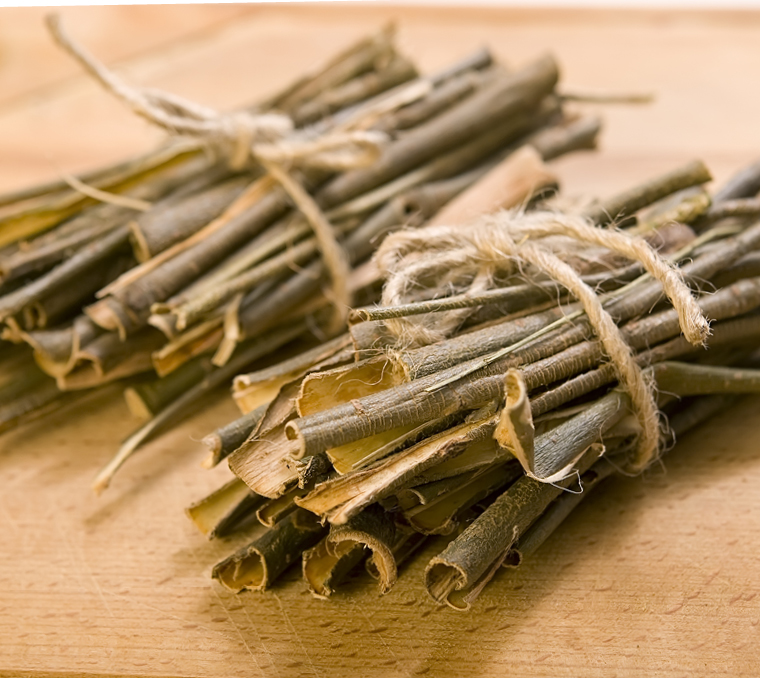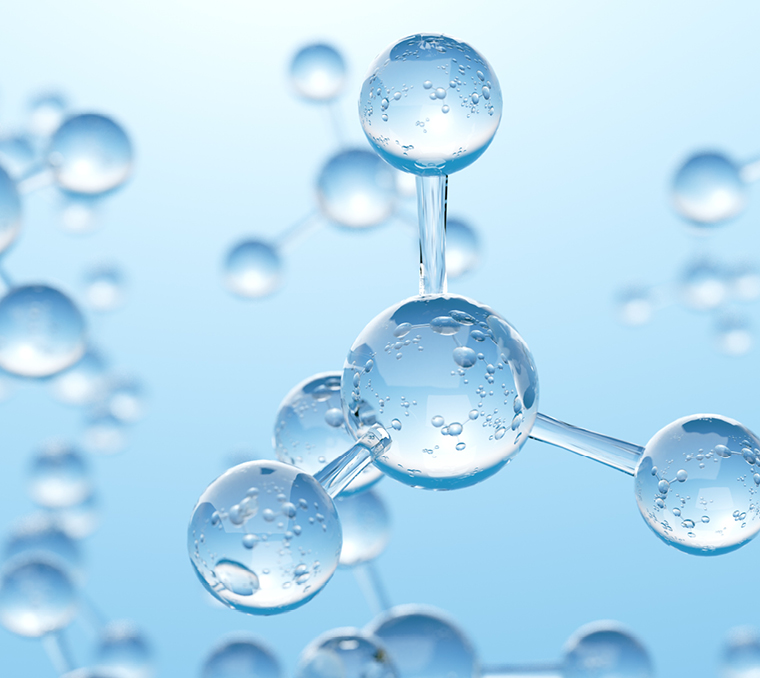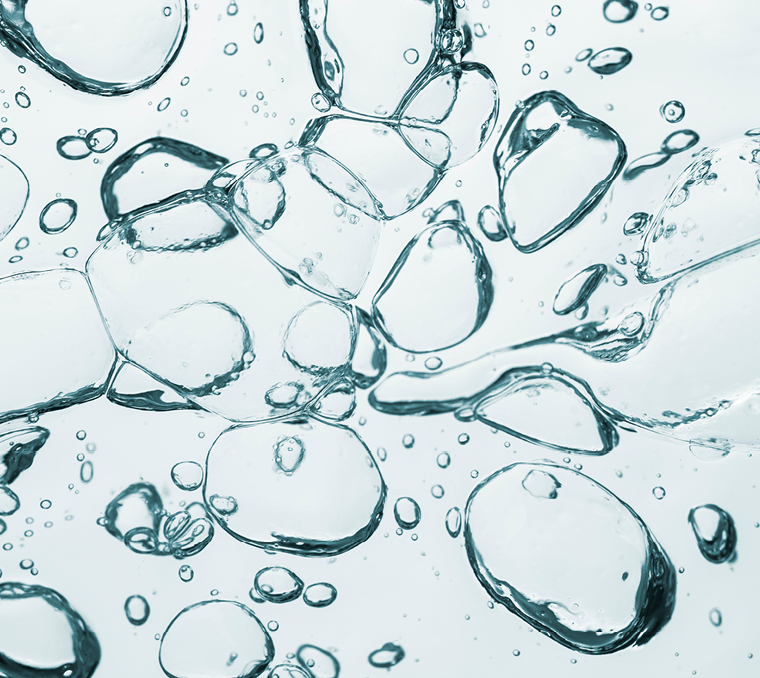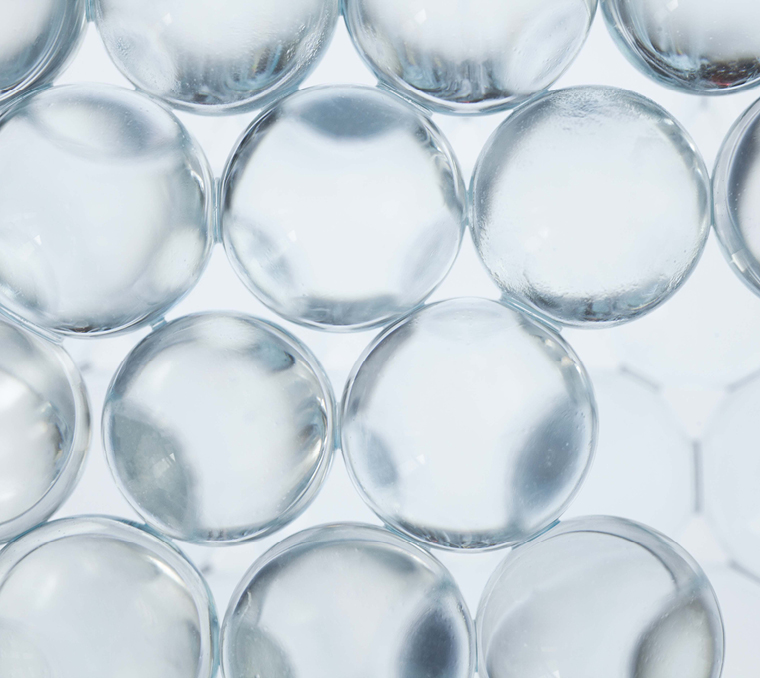If your skin is your canvas, then the products you use are your paint. And just like an artist would tell you that not all colours are created equal, the same goes for skincare ingredients. But how do you choose the best fit for your needs?
Every time you research skincare products, you are exposed to hundreds of skincare products. To stand out, many brands use attention-grabbing phrases like anti-ageing, clarifying, hydrating, or revitalising. With clear labels like these, one would think finding the right product to address your skin concerns would be easy, right?
Sadly, claims to treat a specific skin concern can often be misleading and end in disappointment. It’s no surprise then that so many women feel overwhelmed and confused when trying to find the best skincare products to help them achieve healthy-looking, radiant skin.
The biggest step in getting better results for your skincare is to understand the different active ingredients used in skincare products. Engage in a consultation with your therapist to get the optimal results.
Fortunately, you’ve come to the perfect place to get started. In this post, we’ll provide a simple guide of some of the most active skincare ingredients and what each of them do. But first, let’s answer this question:
What are active skincare ingredients?
They’re the ingredients found in skincare products that are designed to address and deliver benefits for a particular skin concern that the product is meant to target. These are the ingredients that have been scientifically proven to act the way it claims to and ultimately have the desired effect. Similarly, Nimue Skincare products focus not only on treating the skin on the outside, but also within, acting as a skin therapy that also treats the causes rather than just the symptoms.
In essence, they do what they say they will.
Below is a list of some of the most widely used active ingredients you may or may not be familiar with and what they can do for your skin.
Retinol
Retinol is perhaps one of the most well-known active skincare ingredients on the market. Its ability to boost the production of collagen and elastin as well as have an exfoliating effect to improve texture and tone have made it a must-have in many women’s skincare regimens.
How it works
Retinol is a derivative of vitamin A, converted to the active form of vitamin A that your body needs once absorbed by the skin, called retinoic acid. Topical retinol improves cell turnover, which aids in skin renewal and leaves you with a healthier, brighter skin while also correcting skin pigmentation.
What it’s used for
- Wrinkles
- Fine lines
- Melasma and other forms of hyperpigmentation
- Uneven skin texture
- Sun spots and sun damage, also known as photoageing
Read more about the effects of harmful UV rays and how retinol can help assist in repairing sun-damaged skin with our “How to Repair Sun Damaged Skin blog“.
AHAs
Alpha-hydroxy acids or AHAs are derived from natural origins and are commonly found in products with anti-ageing effects. That’s because AHAs help to exfoliate and keep your skin looking silky smooth. Product formulations that contain hydroxy acids (HAs) have been popular in clinical practice to treat a variety of skin conditions. The most prominent being glycolic acid and lactic acid.
How it works
Common AHA’s like glycolic, lactic, and citric acids are useful in helping to break down the protein on the top layers of skin that holds everything together. Think of it as melting away the glue so that dead skin cells can be removed effortlessly. Additionally, AHAs have specific hydrating agents to add a little more hydration to your skincare routine.
What it’s used for
- Even out skin tone
- Gentle exfoliation
- Decreasing skin inflammation
- Moisturising
- Rejuvenation
BHAs
BHA is also known as beta-hydroxy acid. This popular anti-acne ingredient is derived from willow tree or sweet birch bark. BHAs are a skin-calming acid known for its exfoliating and bacteria-fighting properties. AHAs and BHAs are usually spoken of in the same breath because they share similar properties, but there are key differences that set them apart.
How it works
BHA’s are oil soluble organic acids that work both on the skin’s surface and deep inside the pore. As a result, BHA’s offer a deeper cleansing and can be highly effective in treating acne and clearing breakouts. Due to the molecule size of BHAs being large, they require a lower concentration which promotes a gentle cleanse.
What it’s used for
- Deep cleanse into pores
- Calm redness and inflammation
Learn more about the differences between AHA’s and BHAs and how to use both with our “Difference between AHA’s and BHAs and how to use both” blog).
Hyaluronic Acid
Hyaluronic acid is responsible for keeping the skin adequately hydrated due to its unique water-binding properties. So much so that 50% of the body’s stock of hyaluronic acid is found on the skin. However, as people age, the levels of hyaluronic acid in the body decreases significantly, which leads to dehydrated skin and wrinkles.
How it works
Hyaluronic acid is a group of sugar molecules (polysaccharides) that can be found naturally in your skin, joints and eyes. Its main job is to keep water inside tissue cells, lubricating joints and keeping your skin and eyes lubricated. Because hyaluronic acid binds water to molecules, it helps keep skin hydrated, supple and reduce the signs of ageing.
What it’s used for
- Hydrates for healthier, more supple skin
- Plumps skin
- Controls inflammation
- Assists with the repair of the skin barrier
Niacinamide (also known as Nicotinamide)
Pronouncing niacinamide can be difficult, but you know what else is difficult? Dealing with inflammation. Luckily, this active ingredient does all the right things to treat redness and irritation from inflammation as well as acne, and hyperpigmentation. Above this, niacinamide improves skin elasticity by strengthening upper layers of the skin and boosting fatty acids.
How it works
Niacinamide is a derivative of vitamin B3, an essential nutrient for the skin. Above reducing inflammation and assisting to keep skin hydrated with a lipid barrier, niacinamide also helps build keratin, a protein that promotes healthy, firm skin. Niacinamide also protects against oxidative stress from the environment like pollution, sunlight, poor diet, and other toxins.
What it’s used for
- Minimises redness and blotchiness
- Protects against sun damage
- Regulates oil
- Minimises fine lines and wrinkles
Ceramides
In the world of skincare, ceramides have a good track record and have proven to be a key player in its ability to rejuvenate the skin’s appearance. Ceramides are fat molecules (lipids) that are naturally found concentrated in the uppermost layers of the skin. It acts as a barrier, protecting skin from environmental stress like dry air, pollution and debris.
How it works
Ceramides make up 50% of skin’s composition and work like glue, keeping your skin cells together by forming a layer of protection that protects against damage and limits moisture loss. Perhaps most impressively, ceramides rank above retinol and niacinamide as one of the anti-ageing powerhouses that support skin’s dynamic shape.
What it’s used for
- Firmer-feeling skin
- Reducing visible lines and wrinkles
- Restores hydration
- Protects against environmental stressors
When it comes to effective, long-lasting skincare health, there are no shortcuts. Understanding what active ingredients benefit your skin concerns is a big step toward creating the perfect individual skincare regimen.
Get started and find out your skin classification using our online assessment.
